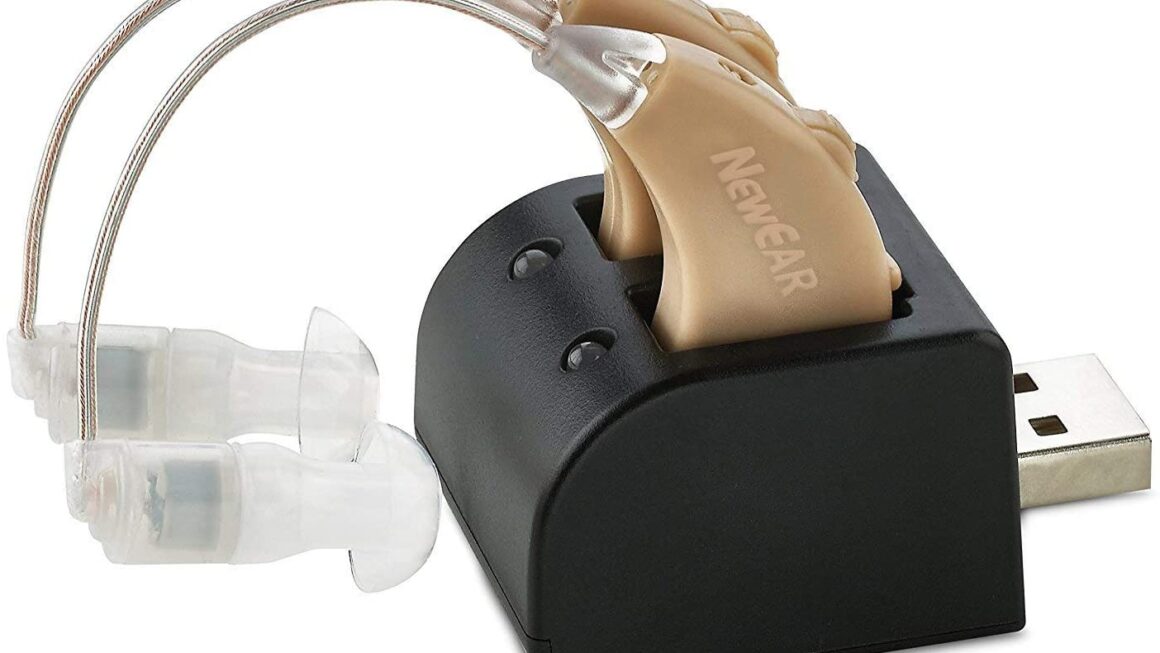One of the most important and persistent images in the common awareness of medicine is that of doctors treating a sick patient at home. It is a picture that undoubtedly once motivated some people to seek medical careers and perhaps still do so today. The medical field as a whole once took inspiration from this image, so to speak. Indeed, this is what doctors do. Patients are cared for by doctors. However, in more recent times, doctors may face criticism from their peers if they disclose that they provide best on call doctor service.
It’s amazing how rapidly this change happened. Only 50 years ago, 40% of all doctor-patient interactions were house calls. Only 0.6% of these meetings in 1980 were house calls. An explosion in biological knowledge and technology, improved patient access to a developing healthcare system, the expansion of third-party payers, and rising liability concerns all contributed to the shift in the location of care delivery from the home to clinics and hospitals.
Caregiving Today:
The development of the home care industry into a large industry, the development, and study of a variety of home care models, the division between nurse and physician home care, with a general decline in the latter’s involvement, a recent revival of house call training for physicians and the use of house calls in physician education, and the development of technology for home care with a recent explosion in its use are just a few of the significant storylines that have emerged in the last 20 or so years.
The Home Care Industry:
Home care developed into a significant industry starting in the late 1980s and continued for the majority of the 1990s. Home care was the area of the budget that grew the quickest in the late 1990s, even though it made up only a tiny fraction of the overall budget generally. Expenditures increased at a pace of about 20% each year.
Policymakers were alarmed by this rise in costs because they believed that home care, which was originally intended to be a supplement to acute hospital care for patients needing skilled nursing, was quickly turning into a long-term care benefit akin to that of a nursing home for frail older people with chronic illnesses.
Additionally, this expansion eventually caught the attention of federal regulators, who were worried that the quick rise in-home care costs, the rise in the number of home health agencies entering the market, and the sizeable geographic differences in benefit usage were at the very least the result of inadequate physician oversight of the benefit if not outright fraud and abuse.

From Research to Reality: Applying Home Care Model Development to Improve Patient Outcomes
Home care established a modest academic research basis in the development, assessment, and constrained diffusion of diverse types of home care as activity in this field grew outside of academia. In the literature, hundreds of studies have been published and compiled. For a variety of reasons, this study has been challenging and criticized.
In reality, studies referred to and sometimes grouped under the headings “home care” or “community-based long-term care” addressed a wide range of interventions, some social, some medical, and still others integrating both social and medical methods.
Despite these challenges, new research on home care has unequivocally shown the efficacy of several home care model types. We will emphasize data from meta-analyses as well as information about particular home care models, including multidisciplinary care, home geriatric assessment, post-acute hospital home-based case management techniques, discharge planning, and home hospital.
Meta Analysis of Home Care
A meta-analysis of home care’s impact on mortality and nursing home placement revealed less evidence that home care can prevent nursing home placement while also showing a minor, positive effect of home care on mortality that was not statistically significant. Another meta-analysis indicated that home care reduced hospital days by 2.5 to 6 days for every 180 days of follow-up, which is a minor to moderate benefit.
Interdisciplinary home care programs combine medical and social support services with an emphasis on the care of elderly people with chronic disabilities. These programs include doctor visits and an interdisciplinary team approach. Regular team meetings are frequently held to review patients and create management strategies that are agreed upon by all team members.
These initiatives may be cost-effective and linked to higher caregiver satisfaction, fewer acute hospital readmissions, and, in certain situations, fewer days spent in nursing homes, according to randomized controlled trials.
Medical Treatment at Home
It has been shown that home geriatric evaluation among older residents of the community might postpone the onset of impairment and cut back on long-term nursing facility visits. It has been shown that home geriatric evaluation can spot significant new or escalating medical issues in people who are at risk for functional decline.
Post-acute hospital case management programs, particularly those that target conditions like congestive heart failure, which are linked to a high likelihood of acute hospital readmission, have undergone extensive research and have been extensively adopted, first in the West and now in Malaysia and other Asian countries.
In these trials, the intervention is nurse-directed with medical support and focuses on patient disease information, nutrition counseling, medication management, and social services advice. Acute hospital readmission rates are decreased, hospital stays are cut down, and patient’s quality of life is enhanced as a result of these measures.
Comprehensive discharge planning started in-hospital by advanced practice nurses, and home follow-up of hospitalized older patients with a variety of illnesses have been shown in randomized controlled studies to result in fewer readmissions and fewer hospital days for those patients.
The Future of Homecare: How Technology is Transforming In-Home Care Services
The growth of home care has also been aided by technological developments. Intravenous infusion technology, radiography, ultrasound, feeding pumps, ventilators, pulse oximeters, hand-held blood analysis tools, and other cutting-edge medical technology, once only found in hospitals, are now relatively commonplace in the home and increase the capabilities of home care and the capacity of the house call doctors to deliver high-quality care there.
The biggest technical developments that might have an impact on home care in the future, aside from equipment like infusion treatment, are just now starting to be observed in the field of telemedicine.
The term “telemedicine” covers a wide range of activities, such as programmed telecommunication, interactive videos, programmed computer guides for diagnosis, treatment, and prevention, e-mail access to the doctors, virtual offices at home with videophones for the interview, patient examination, and testing, among others.
More telemedical services are being created and tested, and these have been assessed. According to studies, telemedicine in its different forms can help patients with diabetes better manage their condition, give nursing home residents with dementia access to doctors, help diagnose and cure pressure sores, and regulate blood pressure.
Home Care 2.0: How the Future of In-Home Care is Evolving
What will the history of home care be in the future? Numerous efficient home care models have been established, along with the home care business as a whole. Physician home visits are becoming more often reimbursed, and some onerous rules governing best doctors in the house health agency ties are loosening.
Medical students and residents are increasingly being trained to make house visits, and faculty are being developed to expand the field’s academic foundation and impart it to students. Although not a cure-all for home care, technology has advanced to make it easier to give high-quality medical care, and telemedicine is set to take off.
The sociodemographic of the aging population in Malaysia and all over the world, greater awareness of home care services and activism by home care patients, their families, and caregivers, technological advancements to facilitate home care, increased managed care, shortened hospital stays, a decline in nursing home use and growth of assisted-living facilities and continuing-care retirement communities could all be argued to offer favorable incentives for the development of home care in the future.












